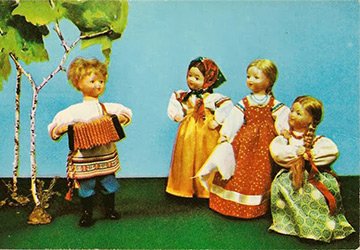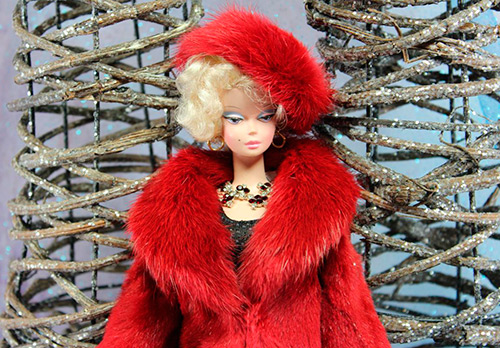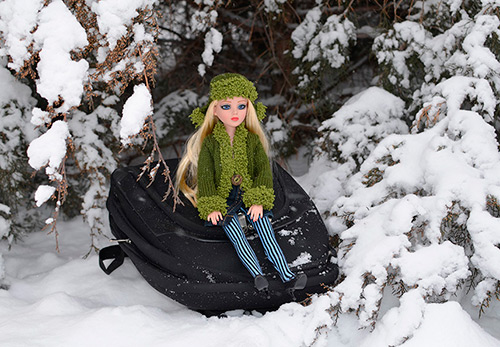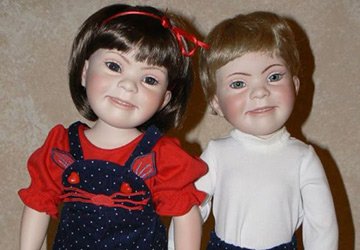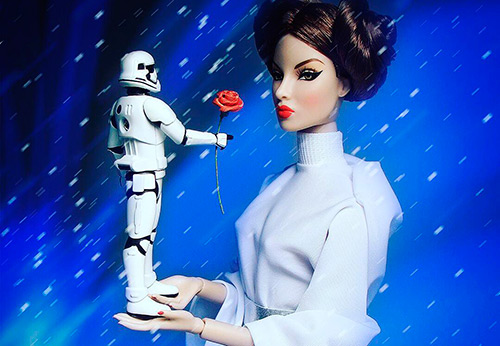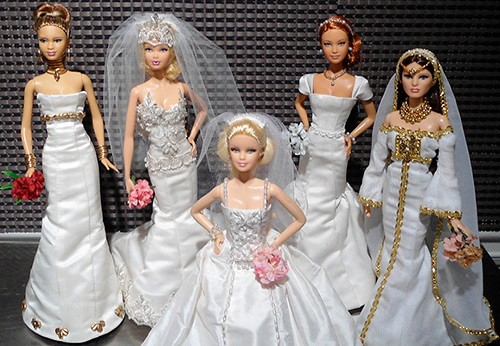Dolls and baby clothes
Magic Shop - about Belarusian dolls and ornaments
Dolls... The dolls look at us from the store shelves. A wide variety of dolls - from Chinese porcelain, disguised as European ladies of the 19th century, to straw folk.
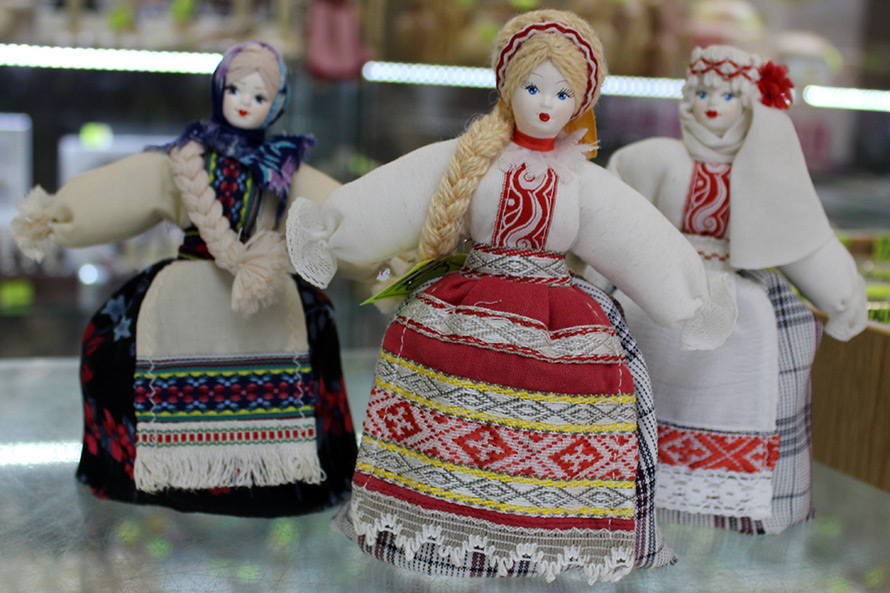
Dolls-amulets
Belarusian folk traditions are very ancient. Those souvenirs that any tourist will bring from Belarus - straw dolls or dolls made of fabric, clay handicrafts (jugs, bells, figurines), are not as simple as it seems at first glance. Behind them are centuries of history and a very rich symbolism since pagan times. And even if this is not a clay toy-conic, made in the same way as hundreds of years ago, but a figurine of a grandmother and grandfather on a stove, the traditions of their manufacture are still the same.
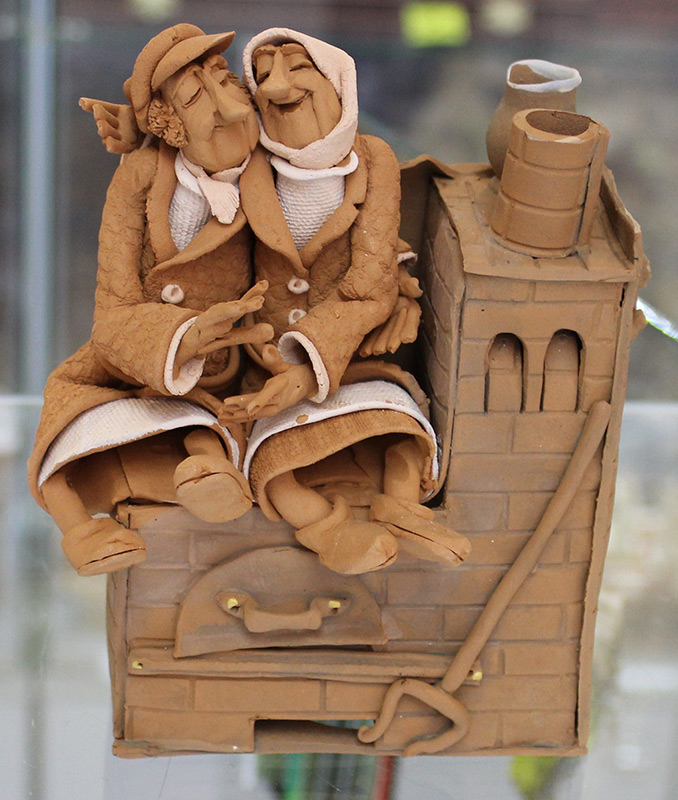
Clay souvenir
Walking along the Stolitsa shopping center, near the train station, near the Red Church and Independence Square, that's where tourists definitely go, I came across the Magic Shop. The shop, which was hidden at the very bottom, near the escalator. The shop is like a shop - magnets with the boring inscription Minsk, Russian nesting dolls (if the Italian does not reach Moscow, he will still buy a matryoshka), beads and bracelets made of various stones. But if you look closely, there are souvenirs and more interesting ones - amulets made of straw and clay, amulets dolls.
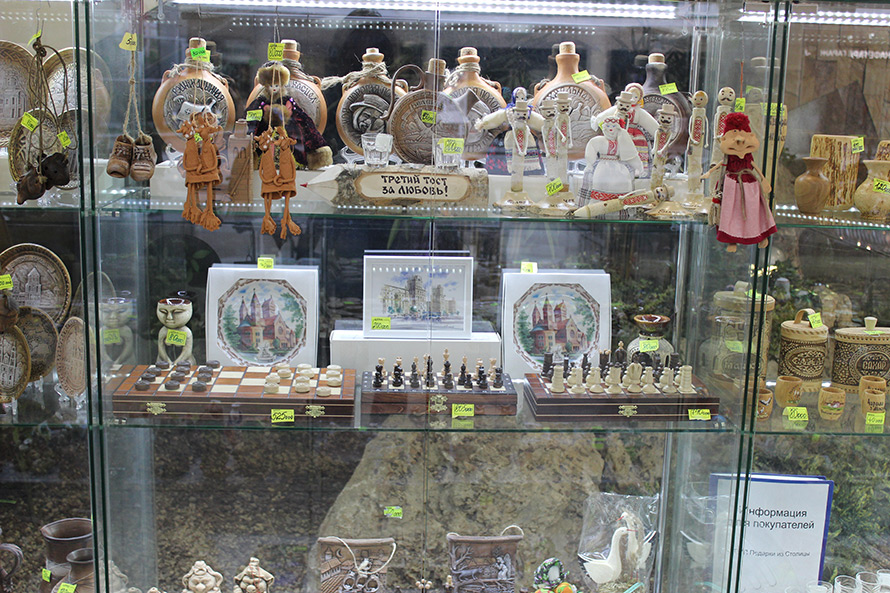
Magic shop
Let's stop at dolls. Traditional Belarusian dolls can be of two types (except for the clay toy - there were also dolls made of clay, but most often they still sculpted animal figures) - straw (straw weaving was very common in Belarus) and fabric.
Fabric dolls, such as the one in the photo above, were exclusively amulets. They were very simple, they had no faces. Such dolls could be made not only by adult women, but also by girls.
Were made dolls made of fabric and thread. The fabric was taken from old clothes, which is also important, because the clothes were saturated with the energy of the one who wore them. The dolls were not sewn, but twisted and tied with threads. They did not have a face because it was believed that evil spirits could penetrate and settle in them through the faces of the dolls. Sometimes a cross was made in place of the face from threads and ribbons - as a symbol of life and the sun.

Clay bell doll (analogy to rag dolls)
Fabric dolls were divided into several types.
Cleansing dolls or charm dolls could be hung near the door, thus protecting the house from evil spirits. The "ash" doll was so called because ash from the hearth of her home was placed in its head. Such a doll was presented to the newlyweds for a wedding, taken with them on the road, to a new place of residence. A doll for luck - such a doll was always sewn as a gift, it was not large in size - 4-5 cm.
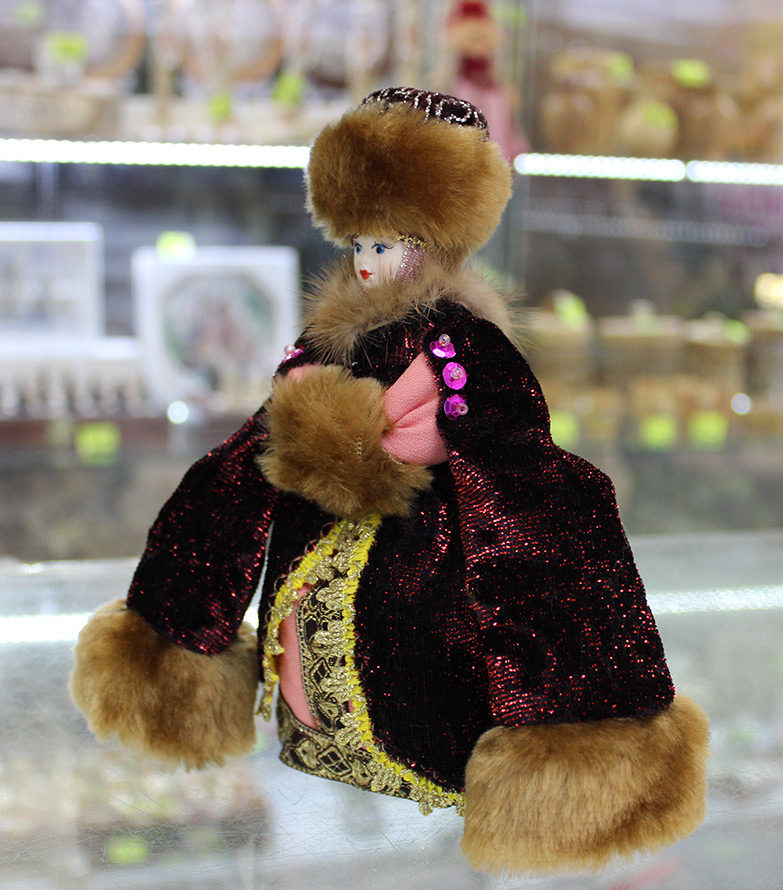
Doll in a fur coat
Time has made its own adjustments in the manufacture of dolls from fabric. Modern souvenir dolls are no longer twisted, but sewn, sometimes their faces appear, and their clothes are often decorated with stylized Belarusian ornaments. There are even bigger exceptions - for example, dolls can dress in a variety of costumes, like this one in the photo, in an expensive fur coat.
Belarusian ornament, which can be seen on the Belarusian folk costume, flag, souvenir dolls, or on such a clay doll-shaped bell, as in the photo above, is also a very ancient, pagan thing. Each ornamental pattern, often geometrical, carries a specific meaning.
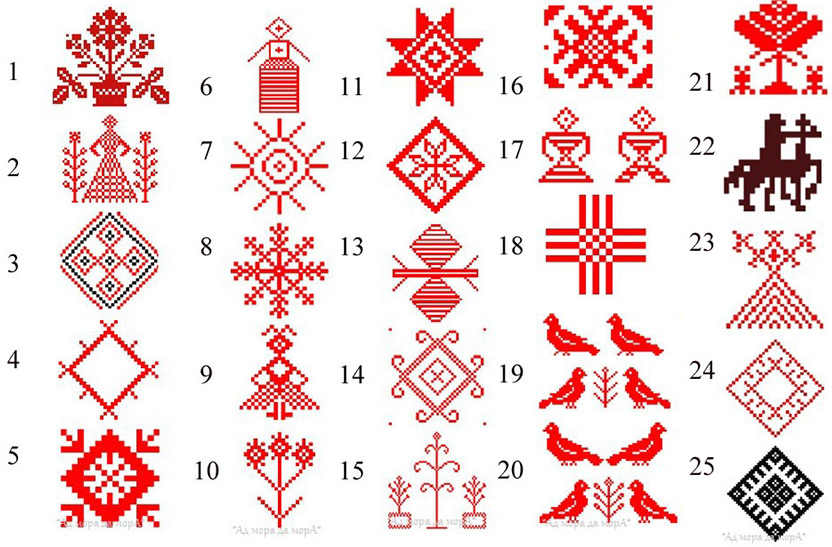
Belarusian ornament
Here are the meanings of some of the patterns:
1 - symbol of the female share
2 - Mother and the holy tree
3 - a symbol of a strong family
4 - the symbol of the sun
5 - a symbol of a rich man
6 - the symbol of Beregini
7 - Kupala. Round dance
8 - Kupala. Fire
9 - Kupala. Kupalinka in dance
10 - Kupala grass with 3 flowers
11 - a symbol of children (protection from misfortunes)
12 - the symbol of the Mother
13 - amulet
14 - a symbol of a song of love
15 - the sign of the girl-birch
16 - the symbol of the god Yaryla
17 - wedding
18 - the symbol of ancestors
19 - a symbol of the beginning of love and a symbol of love in its prime
20 - a symbol of non-reciprocal love and a symbol of memory of love
21 - The tree of life, symbolizes eternity, immortality
22. - Yaryla on a horse. Slavic god of harvest and vitality of nature
23 - A plump woman. Symbol of productivity and life
24 - a symbol of the awakening of nature in spring
25 - symbol of the sun
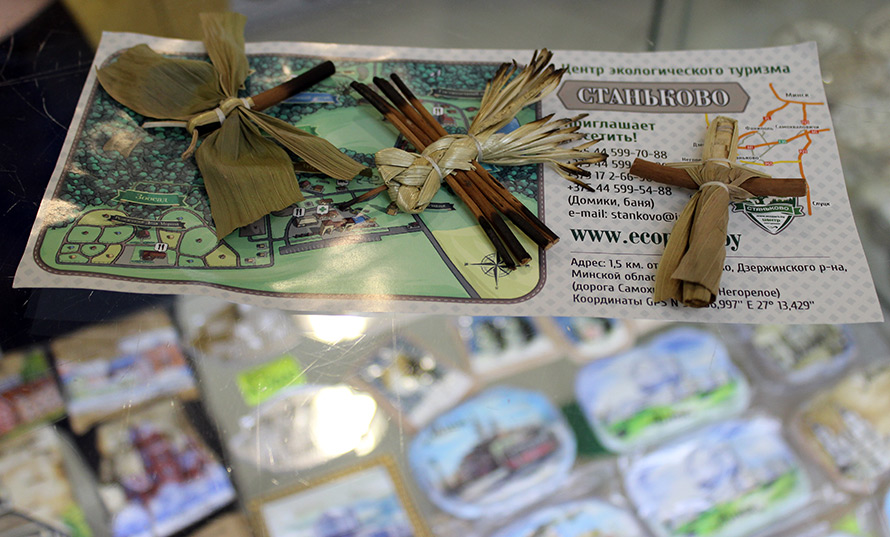
Clay and straw charms - magnets
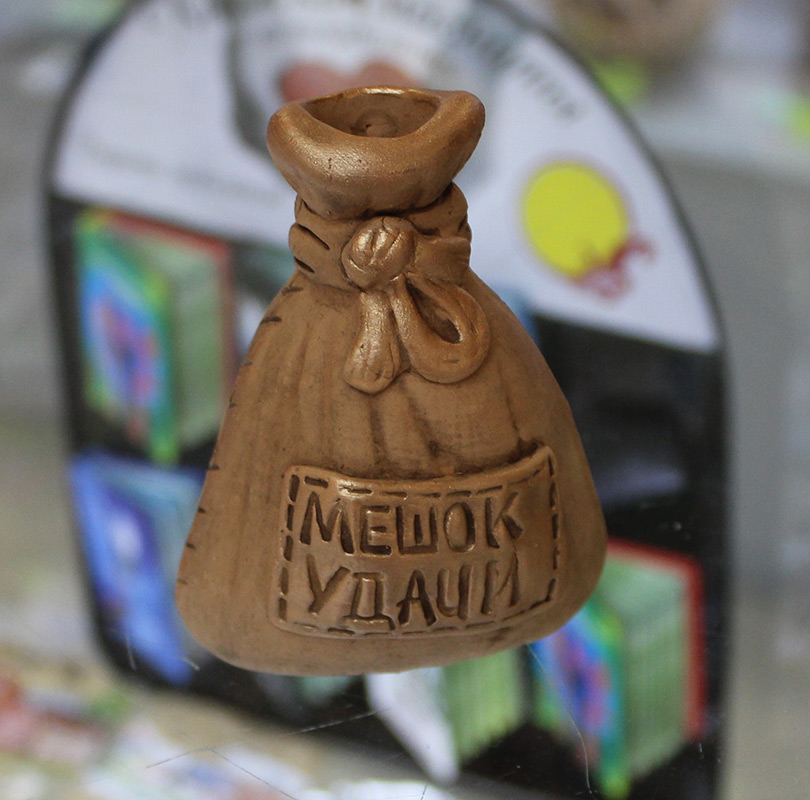
Clay souvenir
If you are in Minsk, go to the Magic Shop :)
Comments and Reviews
Add a comment
Rating news
Shades of clothing that make women look younger
What shades of hair make women younger: rules and photos
Funny wedding dresses - photos and ideas
12 most expensive down jackets for the winter
How to look 25 at 40: tips from supermodels
Beautiful schoolgirls
Anti-aging haircuts and hairstyles for women
Fashionable skirts for autumn and winter
Fashionable women's trousers for the cold season
Fashionable and stylish sandals for summer 2024
Spring-summer 2024
 Fashionable dresses and tops with thin spaghetti straps
Fashionable dresses and tops with thin spaghetti straps
 Bandana tops: how to wear stylishly and beautifully
Bandana tops: how to wear stylishly and beautifully
 How to put together the perfect men's wardrobe for the summer
How to put together the perfect men's wardrobe for the summer
 Fashionable shorts for spring-summer 2024
Fashionable shorts for spring-summer 2024
 Fashionable skirts for spring-summer 2024: a guide to online shopping
Fashionable skirts for spring-summer 2024: a guide to online shopping
 The most fashionable dresses spring-summer 2024: styles and colors
The most fashionable dresses spring-summer 2024: styles and colors
 Fashionable total look 2024: ideas of images and trends
Fashionable total look 2024: ideas of images and trends
